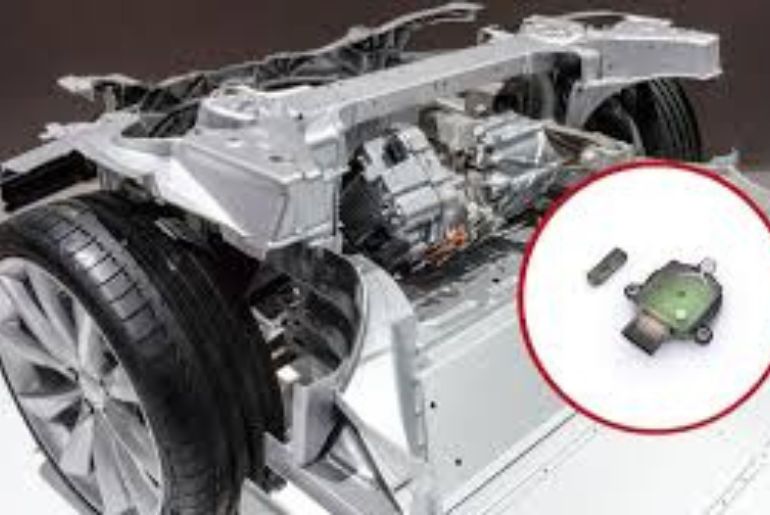Heat development is currently measured based on the information from the stator temperature sensor.
For the first time, a German automotive supplier has introduced a novel technique that allows for direct temperature readings on the rotor of permanently excited synchronous motors, which are found in electric vehicles (EVs).
The product, known as the e-Motor Rotor Temperature Sensor (eRTS), was introduced by Continental. It is anticipated that the invention would result in electric motors that are more potent, affordable, and environmentally friendly.
With a tolerance range lowered from 15 to just three degrees Celsius, the business asserts that the eRTS provides more accurate measurement results than the current software-based temperature simulation.
Economical utilisation of rare earth elements
The fact that the tolerance has been lowered from 59°F (15°C) to just 37.4°F (3°C) allows for more economical usage of rare earth elements and improves possible vehicle performance.
By using it, the producers can employ fewer rare earth elements to improve the heat resistance of the magnets and boost their potential motor performance, which also translates into increased sustainability. The E-Mobility Sensors (EMS) product centre has created a number of sensor technologies for EVs, including the eRTS.
According to Bin Huo, head of Continental Automotive’s Passive Safety and Sensorics (PSS) division, “eRTS sensor technology is advantageous to current solutions with less resource consumption and lower costs.” This breakthrough demonstrates the wisdom of allocating funds and concentrating knowledge in our product centre. We will keep adding EV sensors to our lineup one after the other.”
Extreme temperatures are present when operating rotors.
Continental pointed out that rotors can function in extremely hot conditions of up to 302°F (150°C). As a result, it’s important to keep an eye on EV motor temperature regulation.
Currently, phase current measurements, ambient factors, and data from the stator temperature sensor are used to measure heat generation.
The tolerance range for this is up to 59°F (15°C). According to a press release, costly rare earth components are employed to span the whole tolerance range and guarantee the magnet is heat-resistant in order to prevent demagnetisation from extreme temperature.
Increased precision in measurements
Additionally, it is asserted that manufacturers have more alternatives for permanent magnet synchronous EV motor design due to increased measuring accuracy, which lowers the tolerance range to 37.4°F (3°C). Companies will be able to lower the price of EVs by using less rare earth elements.
According to the business, stretching the boundaries of the tolerance range may improve motor performance, which is another intriguing variable.
Permanent Magnet Synchronous Motors (PMSM), which are widely utilised in EVs, are renowned for their excellent performance and efficiency. The design includes a stator with windings and a rotor with permanent magnets. These motors are well-known for providing smooth and silent operation together with great torque at low speeds.
The company’s E-Mobility Sensors product centre seeks to improve the sustainability and efficiency of electric vehicles, according to Christoph Busch, the centre’s head.
Given that the number of EVs is predicted to rise significantly over the next several years and decades, Busch emphasised that eRTS technology is a solid example of how lowering the use of rare earths contributes to a more sustainable supply chain.
“It can even function as a system solution to create synergies that can save automakers money and effort when combined with other sensor technologies, like the e-Motor Rotor Position Sensor.”

